Home>Gardening & Outdoor>Landscaping Ideas>How Deep Does A Stump Need To Be Ground To Grow Grass
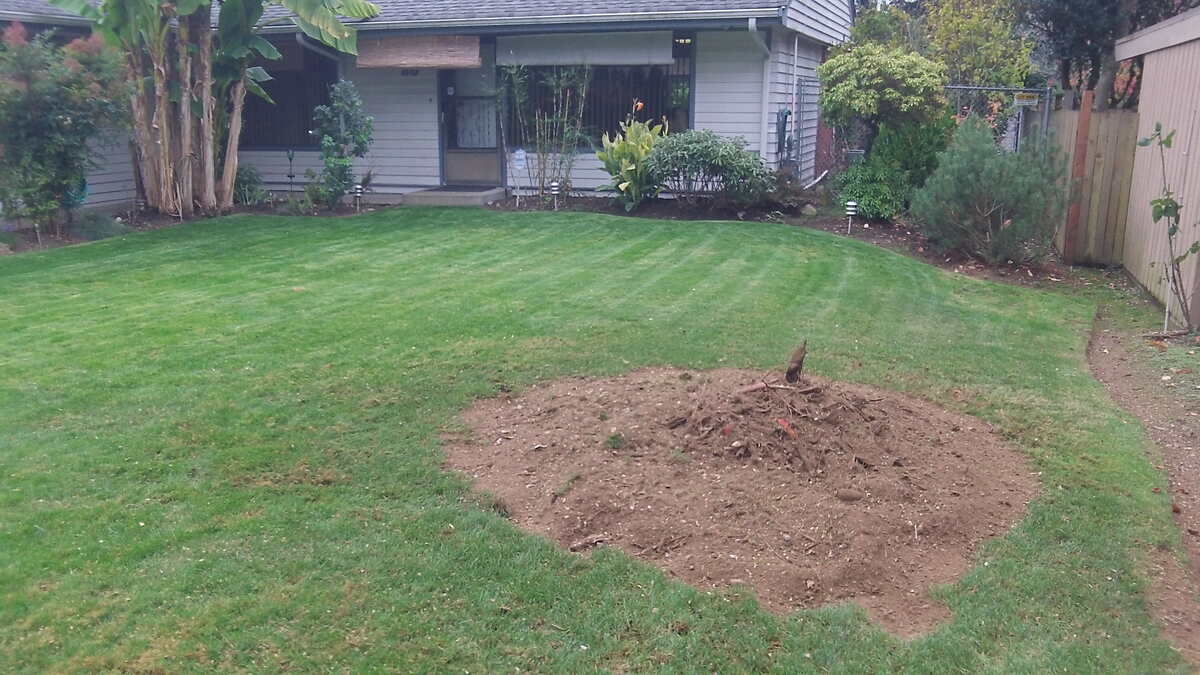

Landscaping Ideas
How Deep Does A Stump Need To Be Ground To Grow Grass
Published: January 27, 2024
Discover expert landscaping ideas and learn how deep a stump needs to be ground to grow grass. Improve your outdoor space with our comprehensive guide.
(Many of the links in this article redirect to a specific reviewed product. Your purchase of these products through affiliate links helps to generate commission for Storables.com, at no extra cost. Learn more)
Introduction
So, you've finally removed that old tree from your yard, and now you're left with a stump. While the tree is gone, the stump remains, posing a challenge for your landscaping plans. You may have considered growing grass over the area, but there's a lingering question: how deep does a stump need to be ground to grow grass?
Well, fear not, as we're about to delve into this topic to provide you with a comprehensive understanding of the factors to consider, the optimal depth for grass growth, and the benefits of proper stump grinding. By the end of this article, you'll be equipped with the knowledge to tackle this aspect of your landscaping project with confidence. Let's dig in!
Key Takeaways:
- To grow grass over a ground stump, it’s important to grind the stump to a depth that allows for 6 to 8 inches of topsoil above the wood chips. This provides space for healthy grass roots to establish and thrive.
- Proper stump grinding not only supports grass growth but also enhances the overall look of your yard, prevents tripping hazards, and improves soil quality. It’s a crucial step for creating a safe and beautiful outdoor space.
Read more: How To Grow Grass After Tree Stump Grinding
Factors to Consider
Before determining the ideal depth for growing grass over a ground stump, it’s crucial to consider several factors that can influence the process. Understanding these variables will help you make informed decisions and achieve successful results.
- Stump Size: The size of the stump plays a significant role in determining the depth required for successful grass growth. Larger stumps may require deeper grinding to ensure that the roots do not impede the growth of grass.
- Tree Species: Different tree species have varying root structures, which can impact the depth needed for effective grass growth. Understanding the specific characteristics of the tree that was removed will aid in determining the appropriate depth for stump grinding.
- Soil Quality: The condition of the soil in the area where the stump was removed is another crucial factor. Soil that is compacted, rocky, or nutrient-deficient may necessitate deeper grinding to promote healthy grass growth.
- Grass Type: The type of grass you intend to grow over the ground stump also influences the required depth. Some grass species have deeper root systems and may require a more thorough stump grinding process to thrive.
- Environmental Conditions: Consider the local climate, precipitation levels, and sunlight exposure in the area. These factors can impact the speed and success of grass growth over a ground stump.
By taking these factors into account, you can develop a tailored approach to addressing the depth requirements for growing grass over a ground stump, ensuring that your landscaping endeavors yield the desired outcome.
Depth for Grass Growth
When it comes to determining the optimal depth for growing grass over a ground stump, several considerations come into play. While there isn’t a one-size-fits-all answer, understanding the general guidelines can help you make informed decisions for your landscaping project.
As a rule of thumb, the stump should be ground to a depth that allows for at least 6 to 8 inches of topsoil above the remaining wood chips. This depth provides sufficient space for grass roots to establish and thrive, ensuring healthy growth and a visually appealing lawn. Additionally, deeper grinding may be necessary for larger stumps to prevent potential root competition and subsidence issues.
It’s important to note that different grass species have varying root depths, and some may require more extensive root penetration into the soil. For example, Kentucky bluegrass and fescue grasses have shallow root systems, while Bermuda grass and ryegrass develop deeper roots. Understanding the specific grass type you intend to plant will help determine the appropriate depth for stump grinding to accommodate the root structure of the chosen grass species.
Moreover, deeper grinding also aids in hastening the decomposition of the remaining wood, allowing for improved soil aeration and nutrient distribution. This, in turn, facilitates the establishment and sustenance of healthy grass over the area where the stump once stood.
By ensuring the proper depth for grass growth over a ground stump, you set the stage for a flourishing lawn that seamlessly integrates with your landscape, enhancing the overall aesthetic appeal of your outdoor space.
A stump should be ground at least 6-8 inches below the surface to allow grass to grow. This will ensure that the roots of the grass have enough space to establish and thrive.
Benefits of Proper Stump Grinding
Embracing proper stump grinding offers a multitude of benefits that extend beyond creating an ideal environment for growing grass. By investing in this essential step of your landscaping process, you can unlock various advantages that contribute to the long-term health and beauty of your outdoor space.
- Enhanced Aesthetics: Removing unsightly stumps and grinding them to the appropriate depth creates a seamless and visually appealing lawn surface, elevating the overall aesthetic appeal of your landscape.
- Prevents Hazards: Ground stumps eliminate potential tripping hazards, making your yard safer for family members, guests, and pets. This proactive approach enhances the overall safety of your outdoor environment.
- Promotes Healthy Growth: Proper stump grinding facilitates the healthy growth of grass by providing ample space for root development and preventing potential hindrances to the establishment of a lush lawn.
- Prevents Regrowth: Thorough stump grinding significantly reduces the likelihood of new shoots sprouting from the remaining wood, minimizing the need for ongoing maintenance and preventing the resurgence of unwanted vegetation.
- Optimizes Land Use: By effectively addressing the remnants of removed trees, you can maximize the usable space in your yard, allowing for versatile landscaping and outdoor activities.
- Soil Improvement: The decomposition of ground stumps enriches the soil, promoting better aeration and nutrient distribution, which benefits the overall health of the landscape and the grass growing over the treated area.
By recognizing and harnessing the benefits of proper stump grinding, you can cultivate a vibrant and inviting outdoor environment that fosters healthy plant growth, enhances safety, and elevates the visual appeal of your property. This proactive approach sets the stage for a thriving and sustainable landscape that you can enjoy for years to come.
Conclusion
In conclusion, the depth to which a stump needs to be ground to grow grass is influenced by various factors, including stump size, tree species, soil quality, grass type, and environmental conditions. By carefully considering these elements, you can determine the optimal depth for stump grinding to support successful grass growth and a visually appealing lawn.
Ensuring a depth that allows for at least 6 to 8 inches of topsoil above the ground stump provides an ideal environment for grass roots to establish and thrive. Additionally, deeper grinding may be necessary for larger stumps and to accommodate the root depth of specific grass species.
Proper stump grinding offers a range of benefits, including enhanced aesthetics, hazard prevention, healthy growth promotion, prevention of regrowth, land use optimization, and soil improvement. By embracing this essential step in your landscaping endeavors, you can create a safe, visually pleasing, and sustainable outdoor space that enhances the overall appeal and functionality of your property.
Ultimately, the depth for grass growth over a ground stump plays a pivotal role in shaping the landscape of your yard, and by understanding the key considerations and benefits associated with proper stump grinding, you can embark on your landscaping project with confidence, knowing that you are fostering the optimal conditions for a thriving and beautiful lawn.
Frequently Asked Questions about How Deep Does A Stump Need To Be Ground To Grow Grass
Was this page helpful?
At Storables.com, we guarantee accurate and reliable information. Our content, validated by Expert Board Contributors, is crafted following stringent Editorial Policies. We're committed to providing you with well-researched, expert-backed insights for all your informational needs.
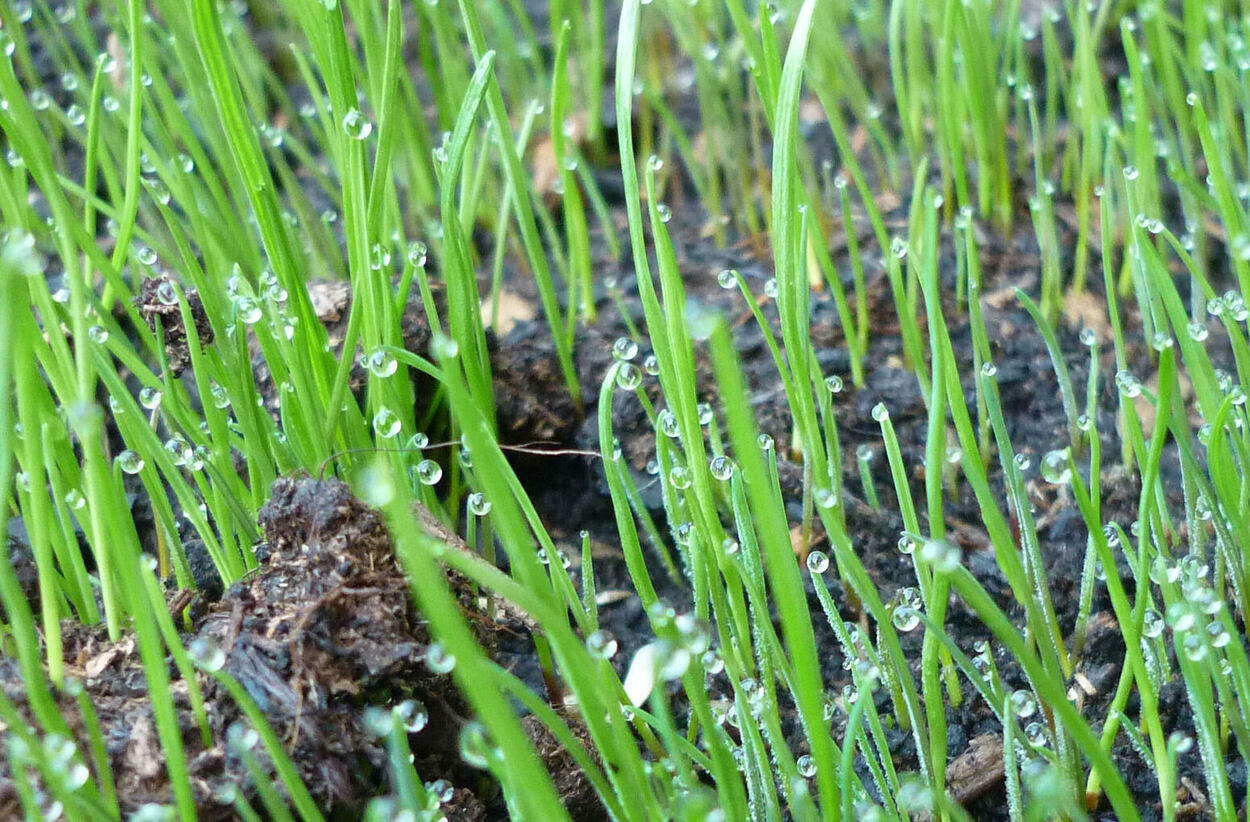
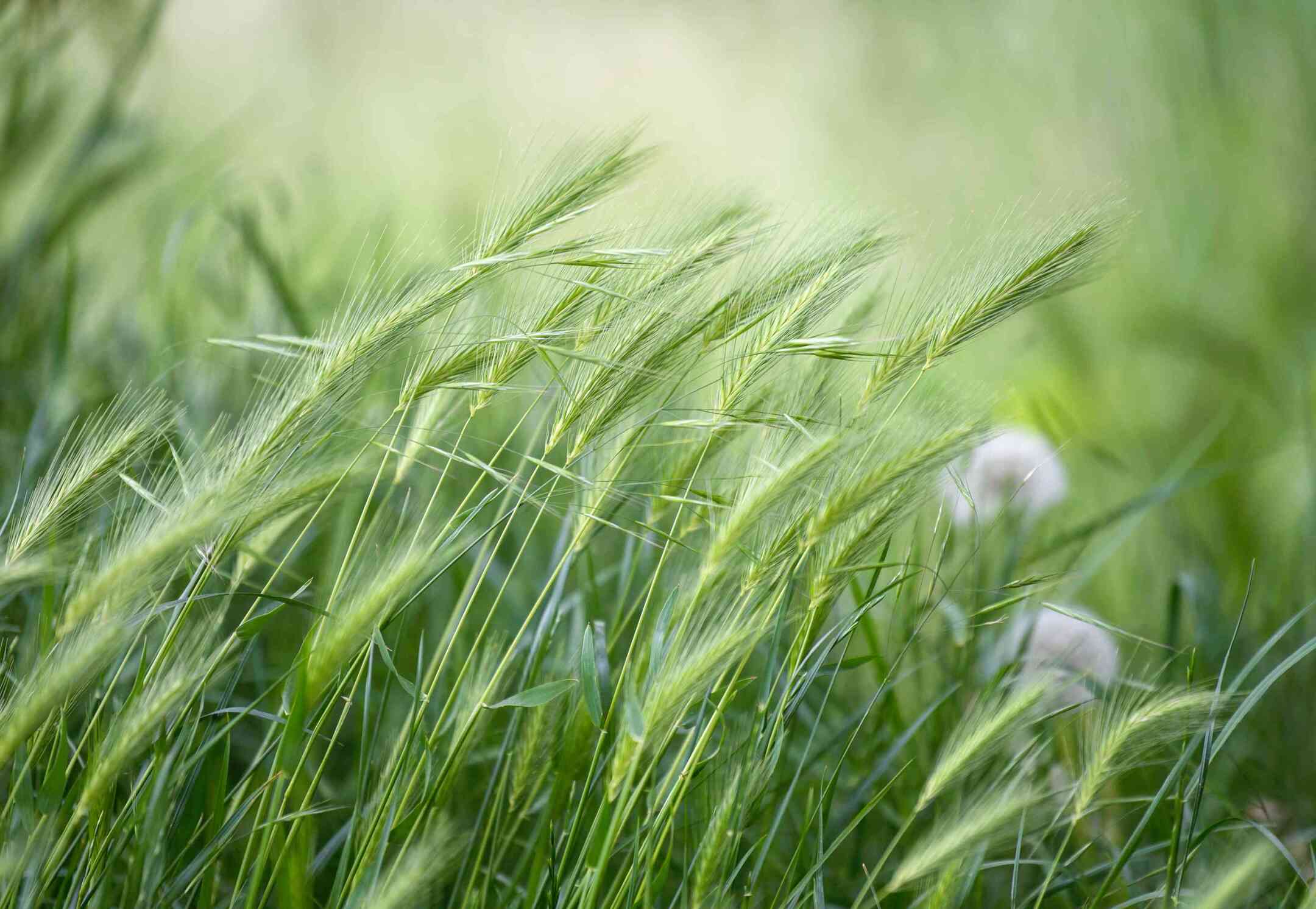
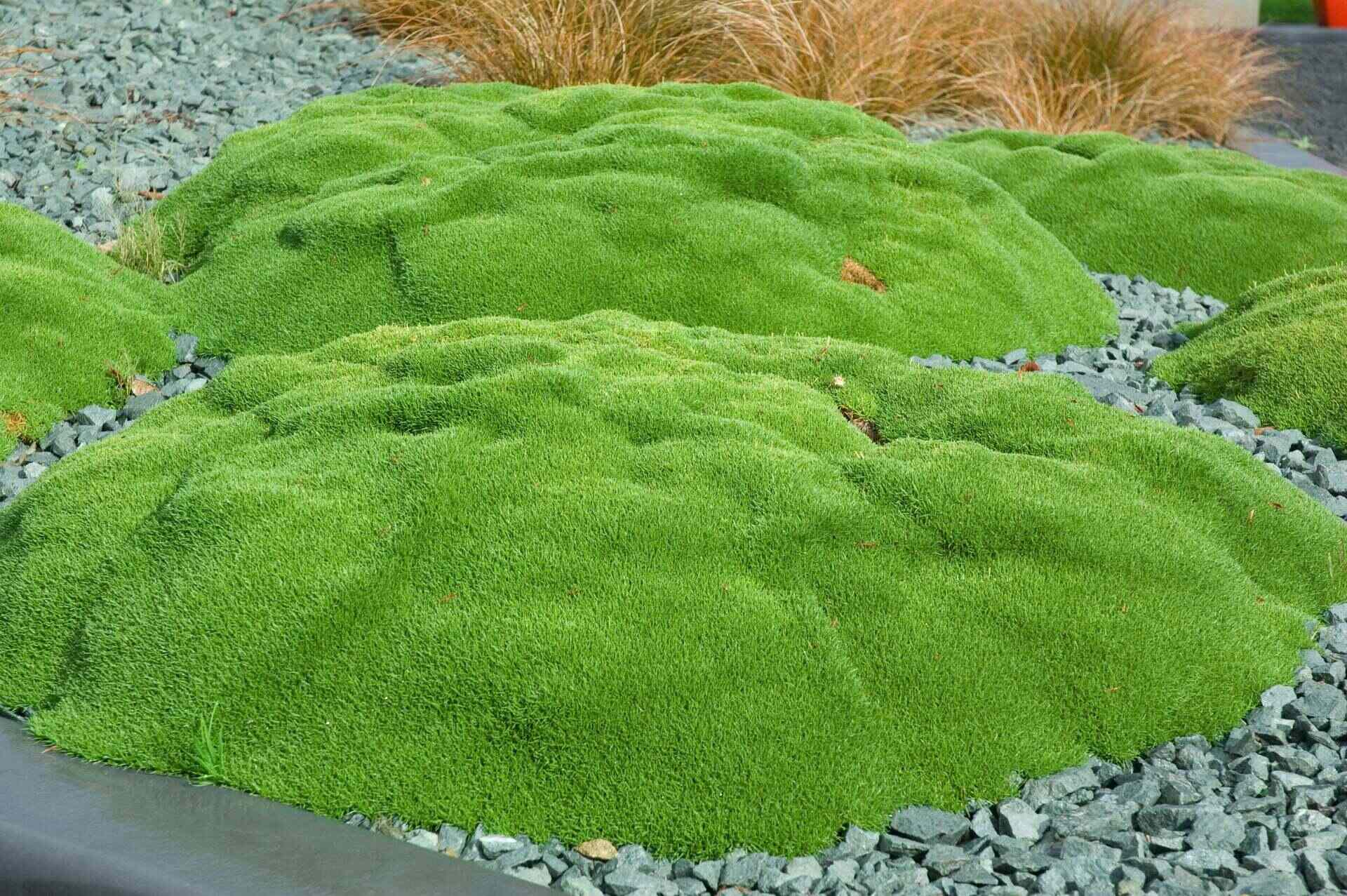
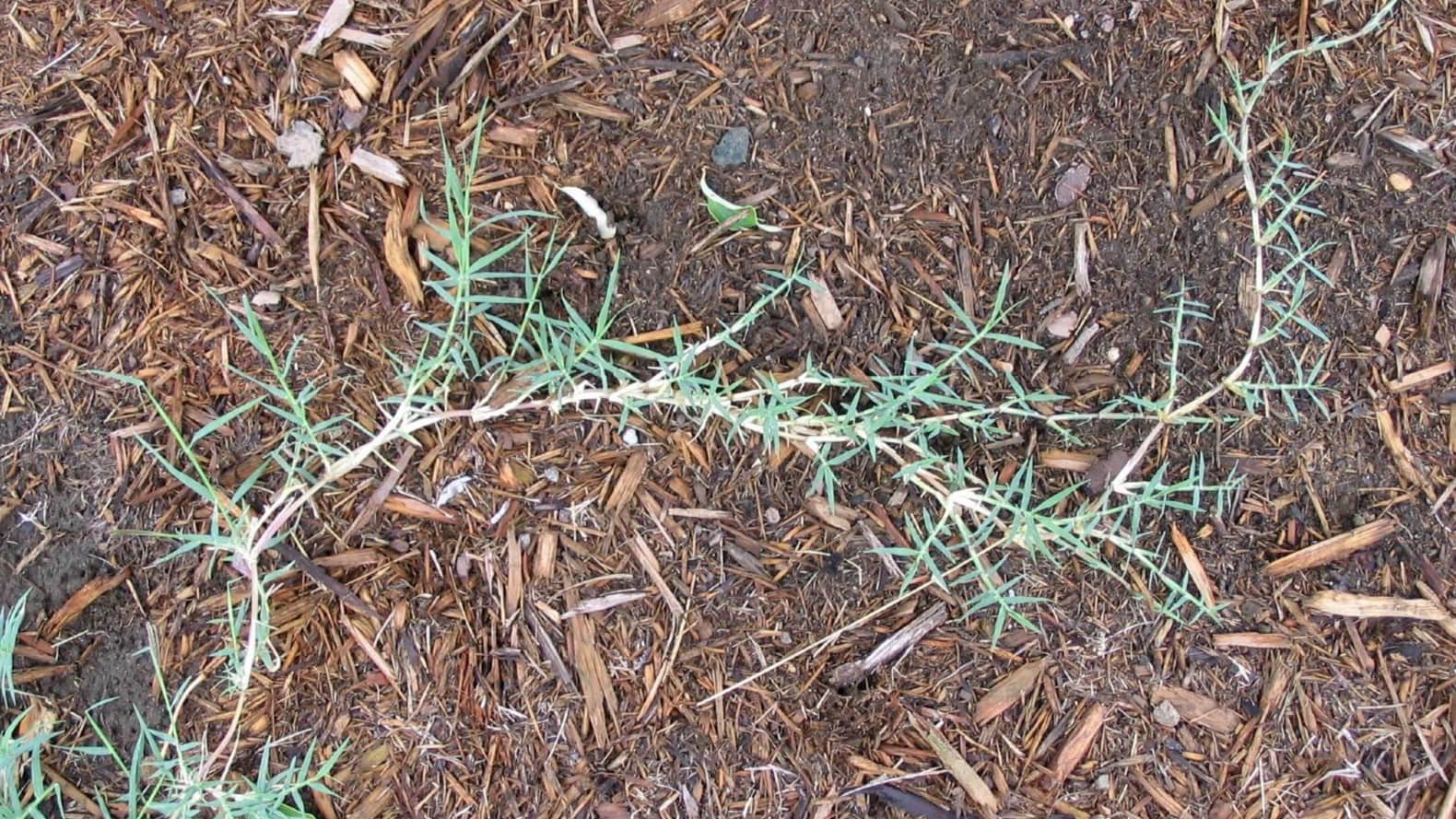
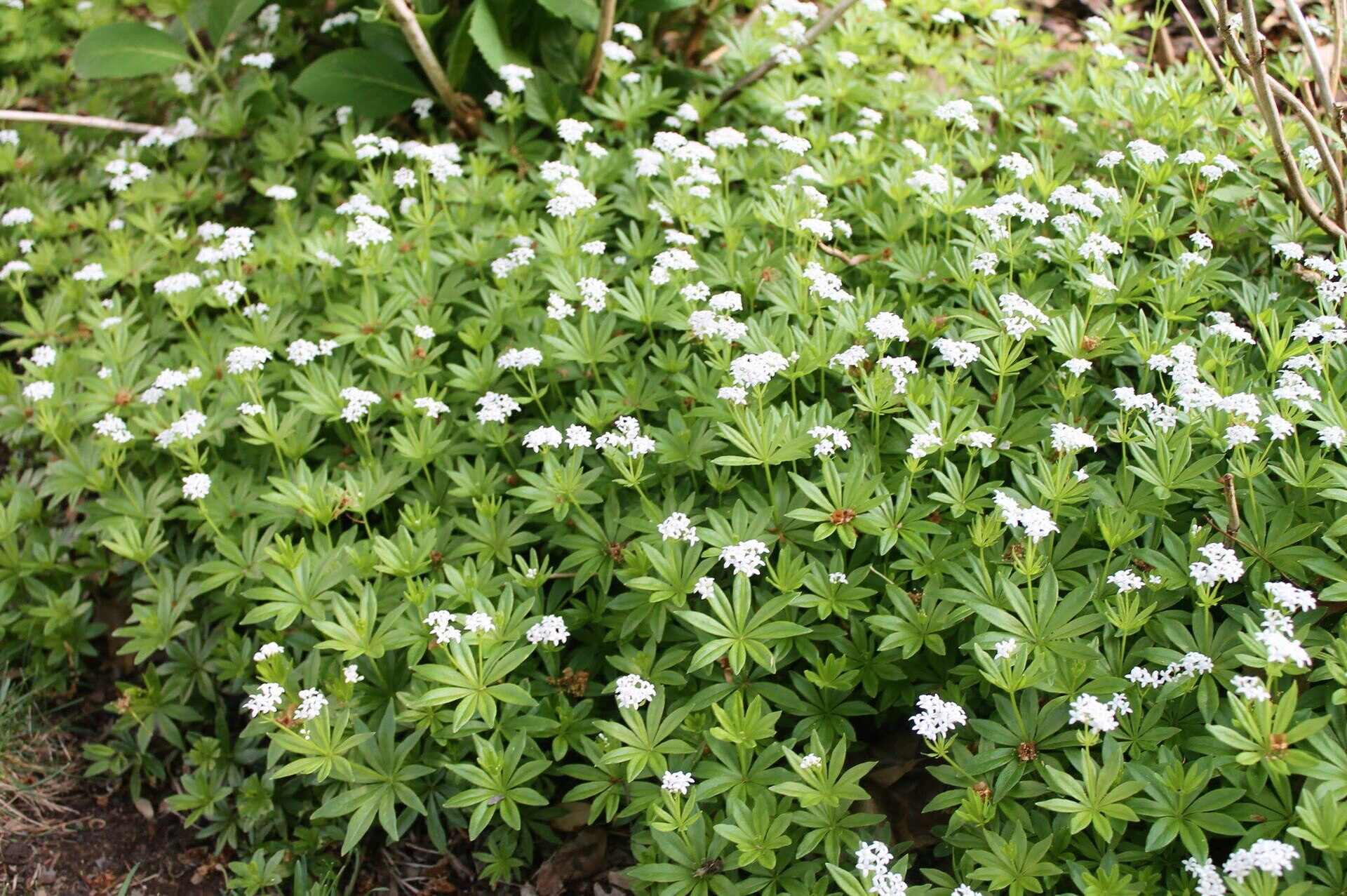
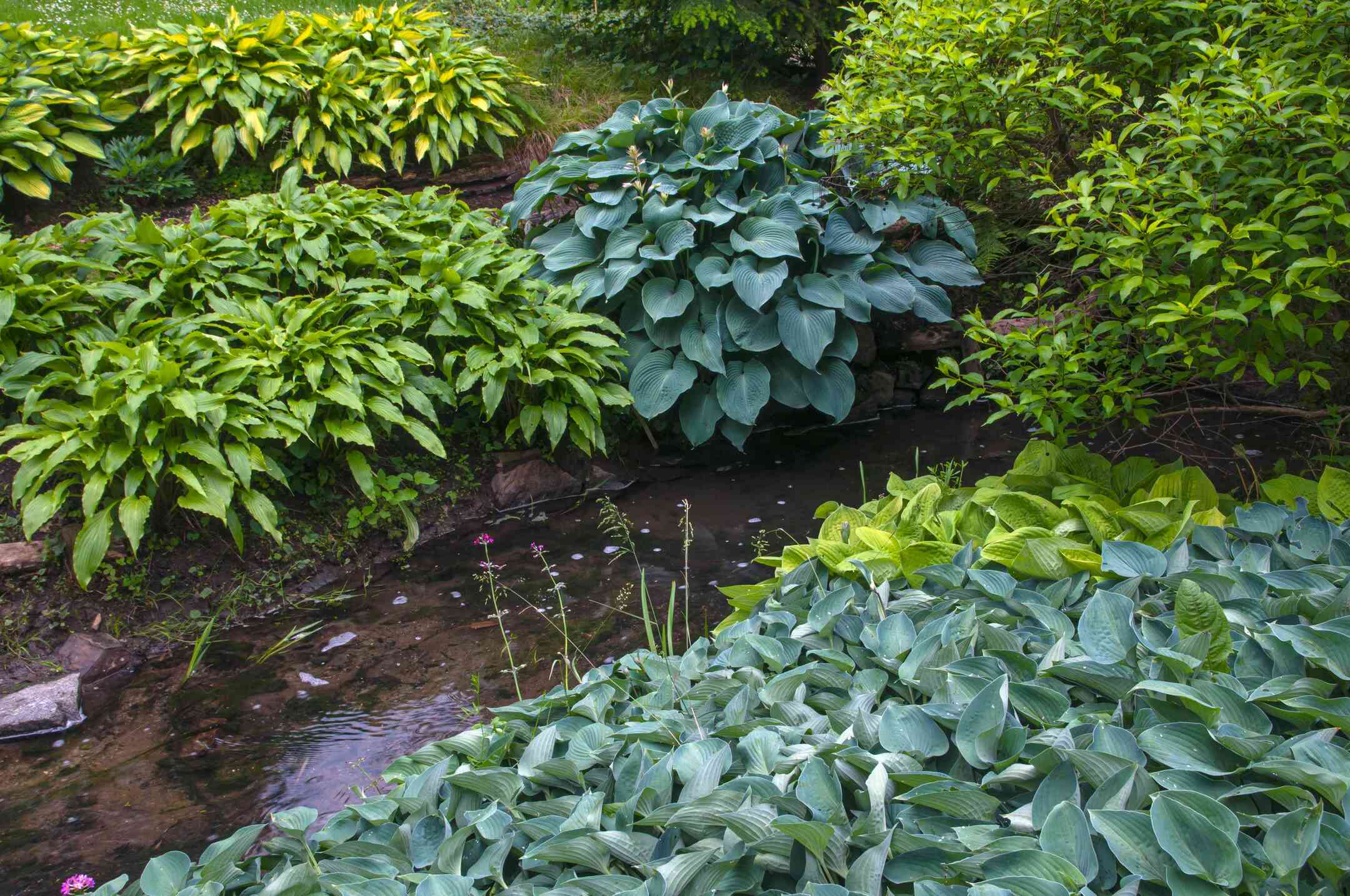
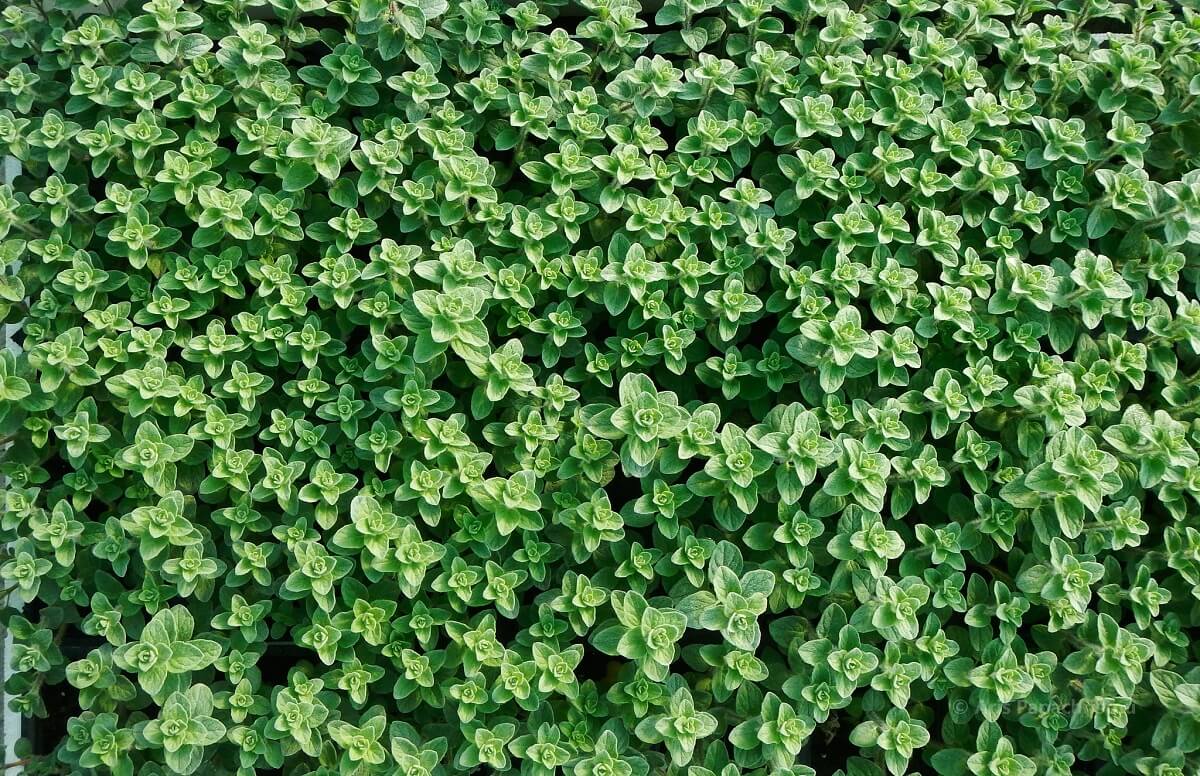
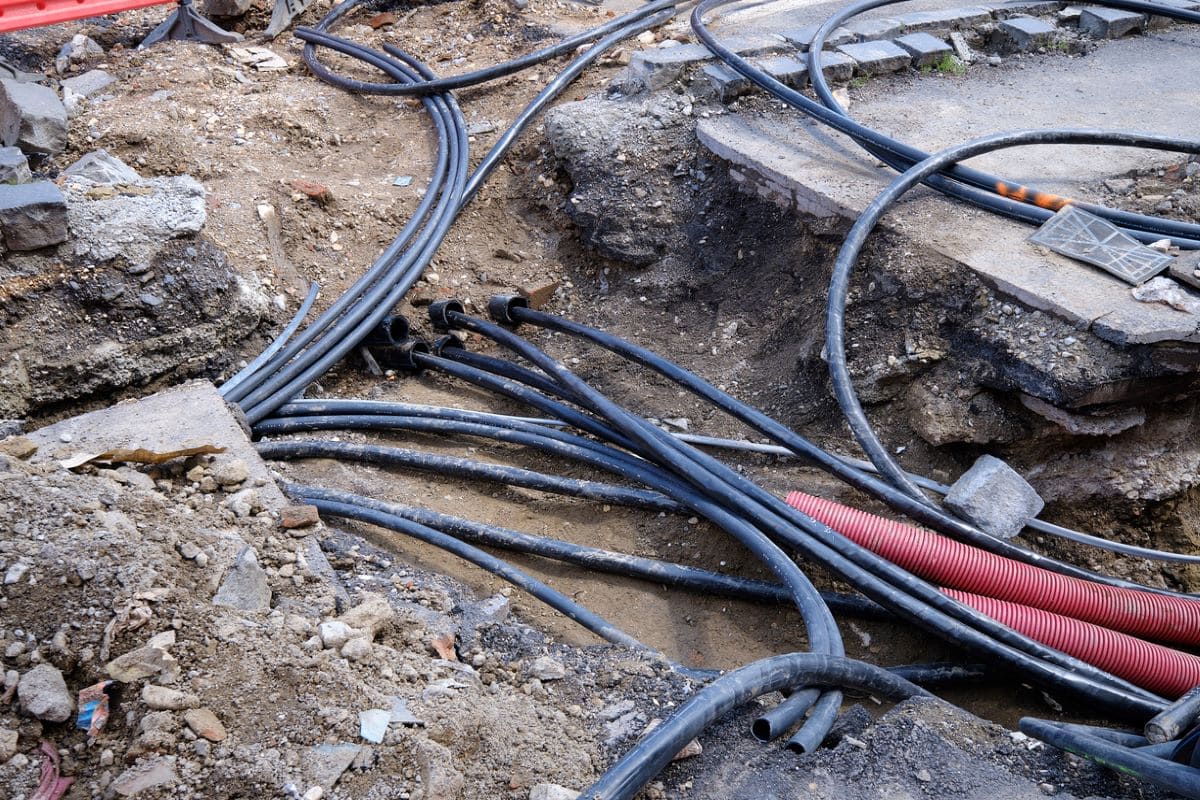
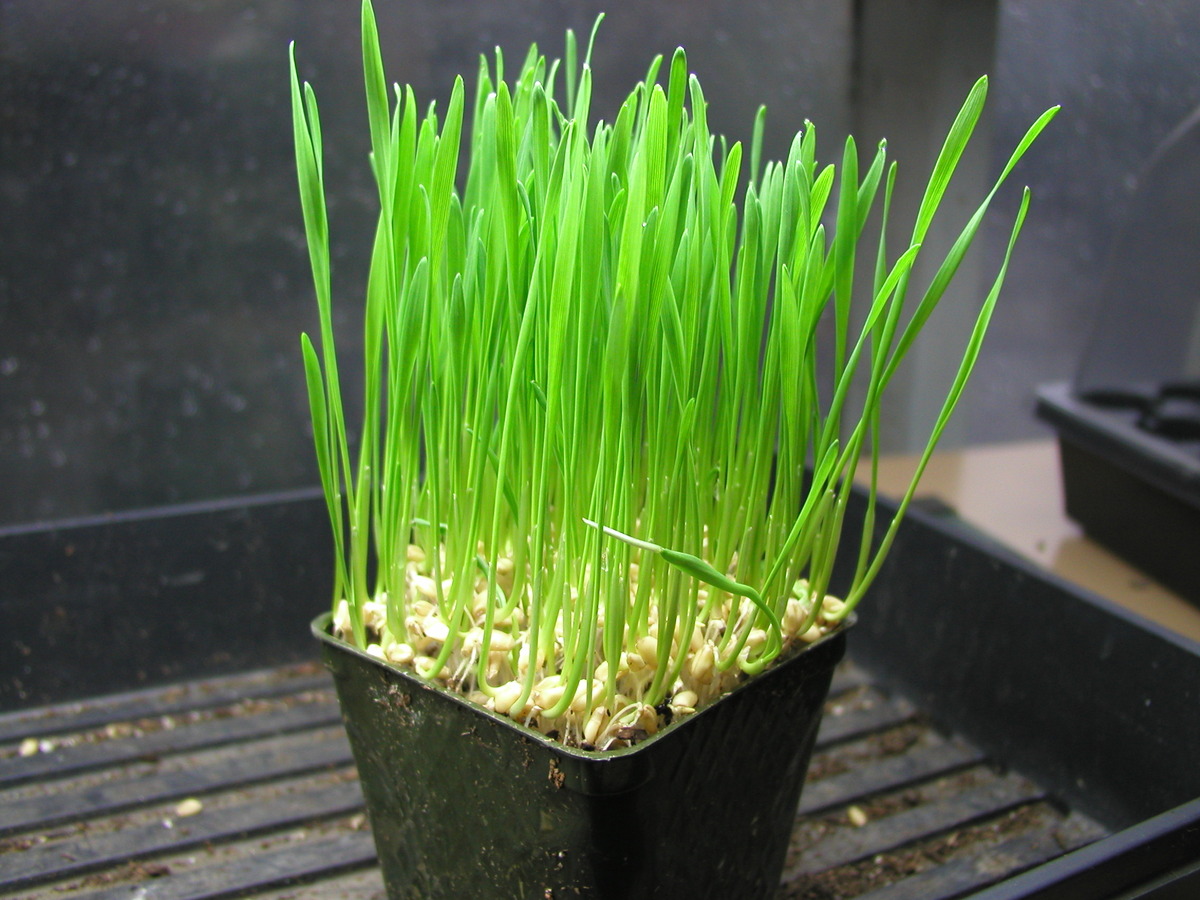
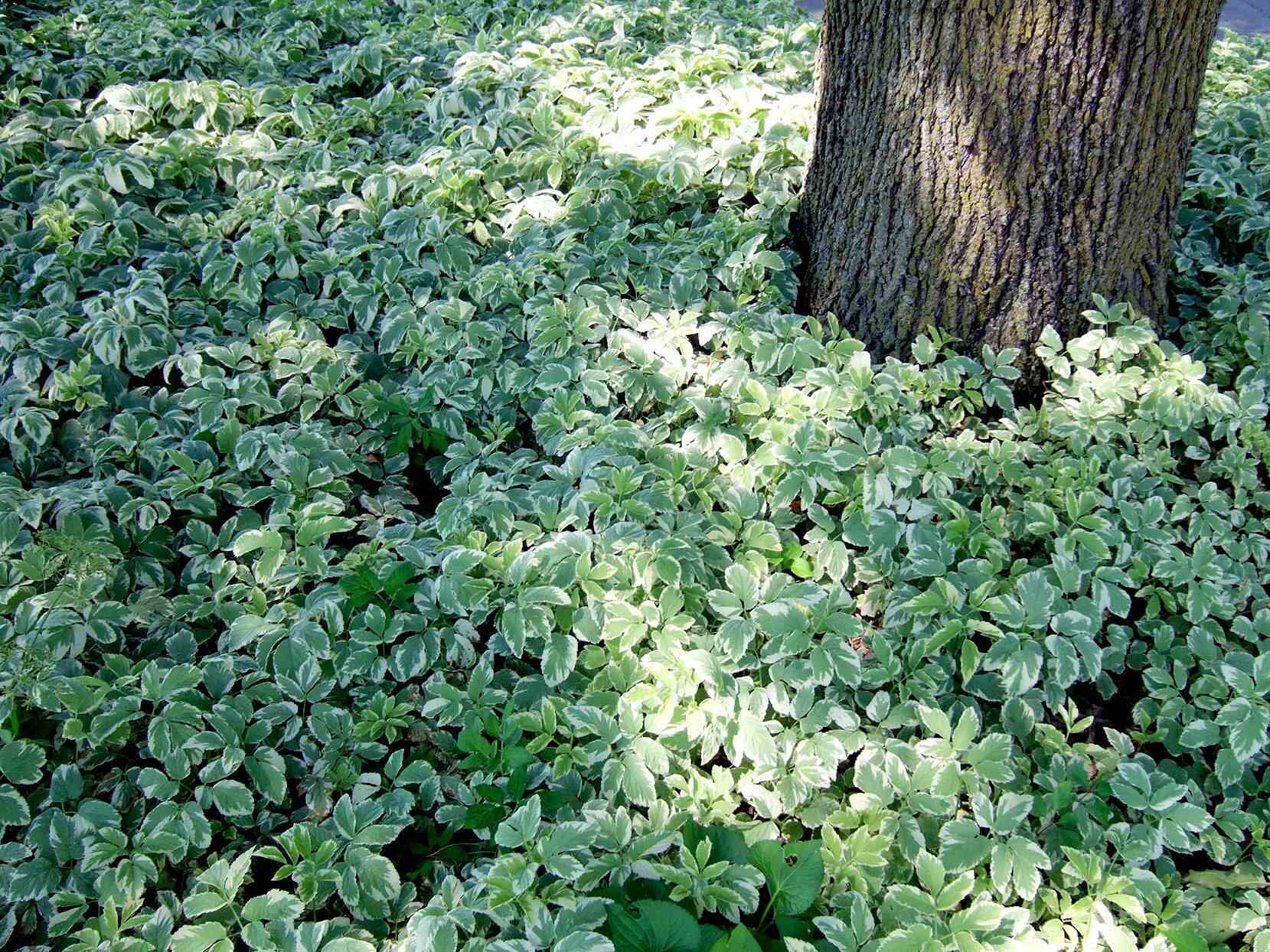

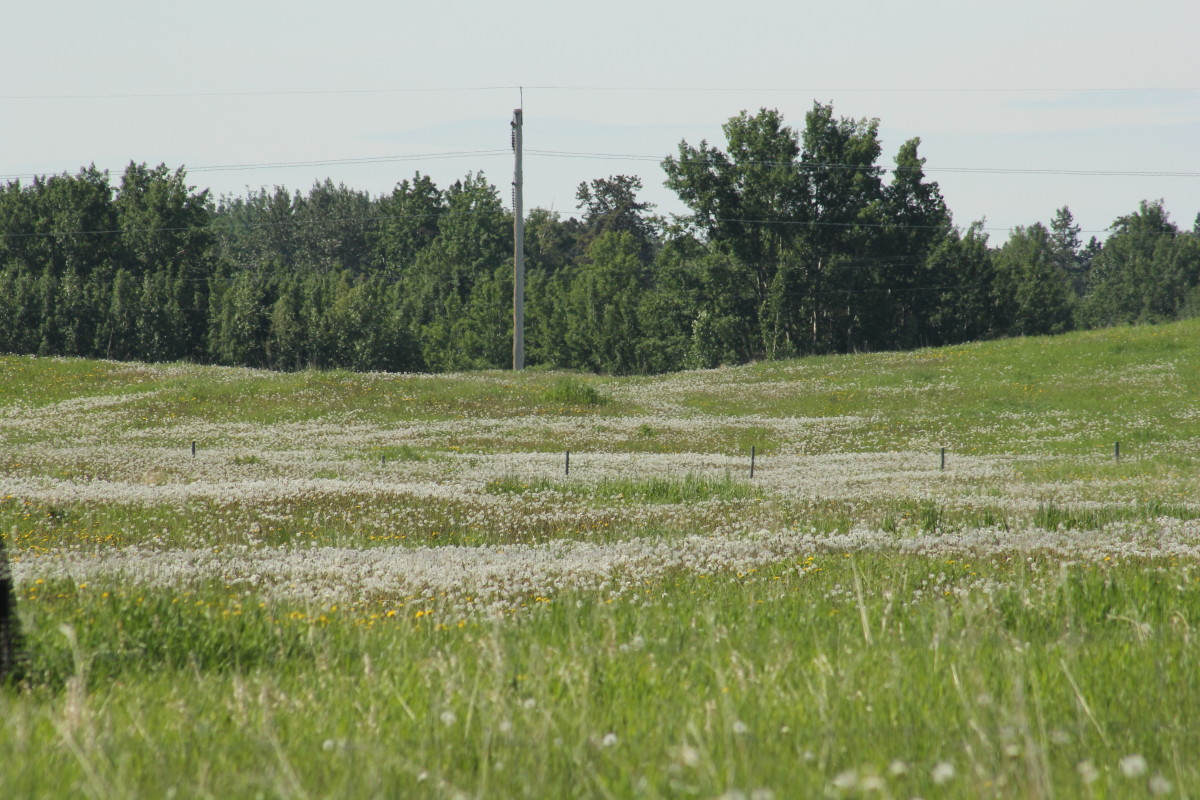
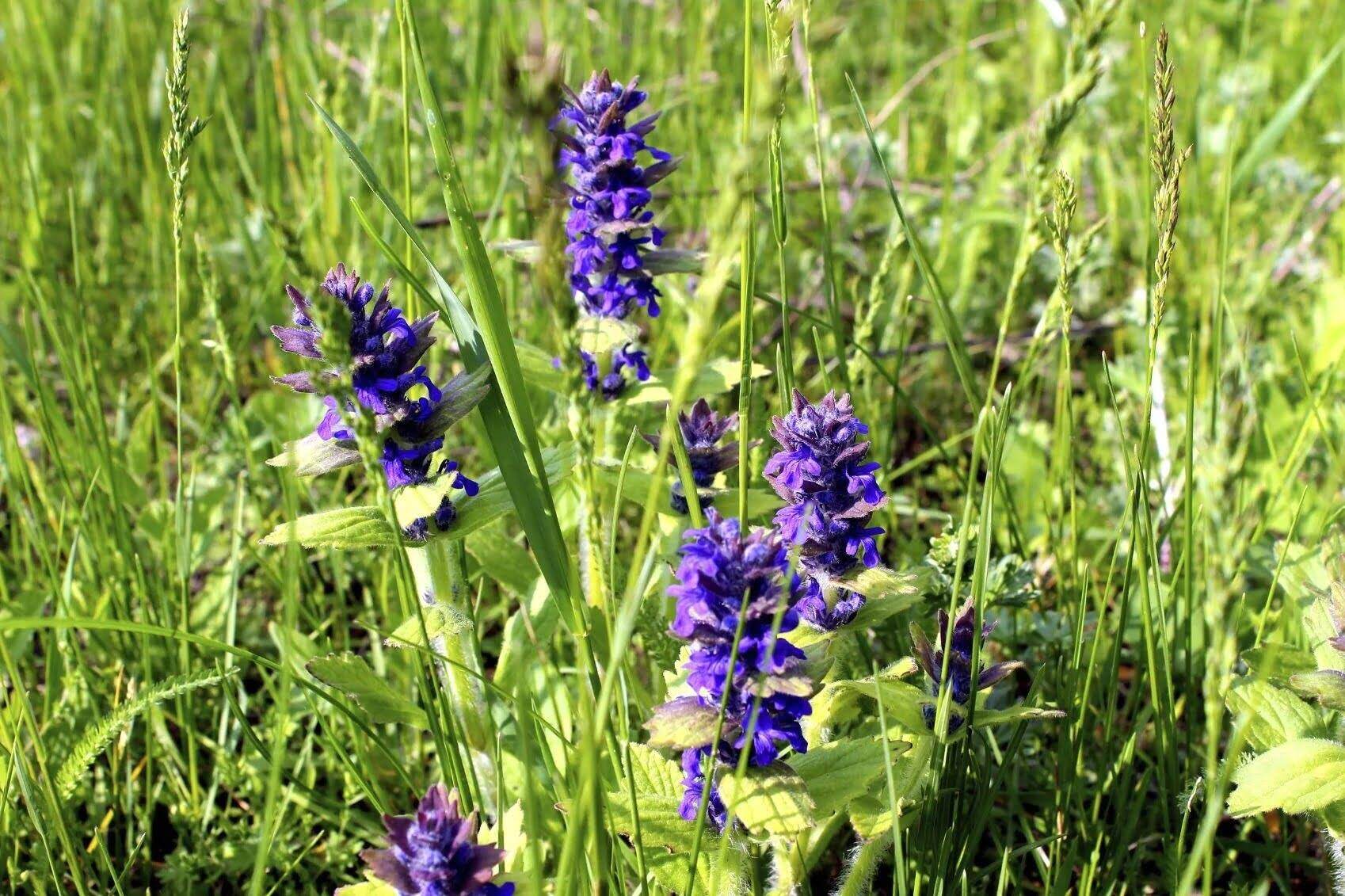

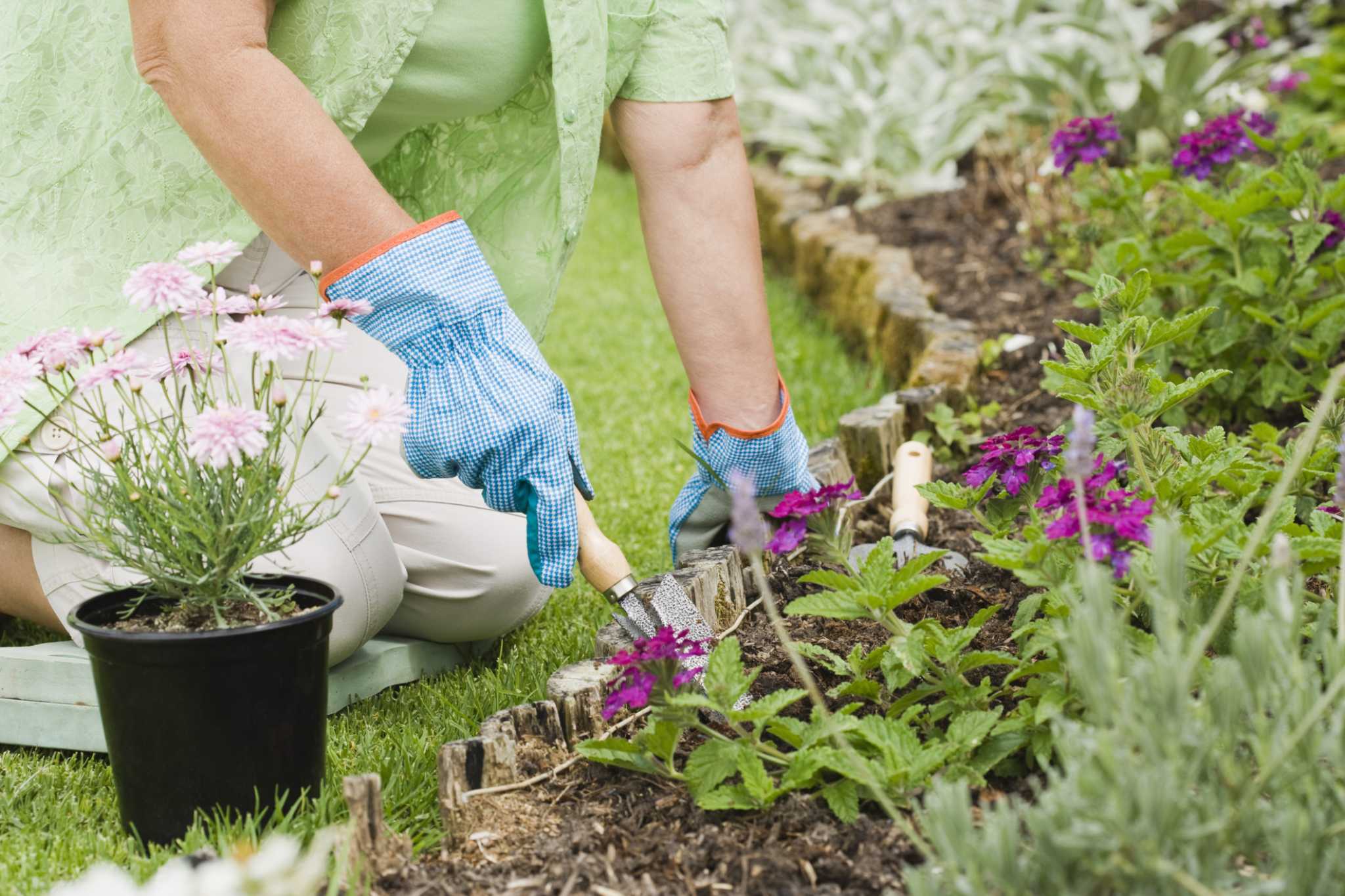

0 thoughts on “How Deep Does A Stump Need To Be Ground To Grow Grass”